Every year, the province exploits more than 3,000 tons of precious medicinal herbs, serving the medical needs of people in many provinces and cities across the country.
Preserving indigenous medicinal resources
Director of Ninh Thuan Provincial Department of Health Le Vu Chuong said that over the past 10 years, the province has had a direction to implement joint venture and association models to expand the area and improve the conservation and development of traditional herbal medicine of the Cham people through the implementation of the topics: "Conservation and development of the gene source of cinnamon mushroom"; "Research on conservation and development of some gene sources of green ginseng and purple cardamom"... originating from Phuoc Binh National Park, Bac Ai district... has created a new momentum for ethnic minorities and mountainous areas to raise awareness of conservation and know how to produce precious medicinal herbs into commodity products, bringing high economic value, gradually increasing income and improving life.
Along with that, the province has attracted many businesses to invest in planting hundreds of hectares of medicinal herbs, and exploiting raw materials from local medicinal herbs to produce special products such as: bottled drinking water, tea bags, ginseng tablets, wild bitter melon tea, aloe vera jelly... supplying the market with more than 10 million products/year.
In 2009, the Ninh Thuan Province Oriental Medicine Association received 50,000 USD from the Global Environment Fund to implement the project "Building a demonstration model to preserve the traditional herbal medicine profession of the Cham ethnic group in Ninh Thuan Province" in Xuan Hai Commune, Ninh Hai District, helping the locality build a model herbal medicine garden.
The project has been well received by the people, planting more than 10 hectares of endemic medicinal herbs, thereby, many rare medicinal plants at risk of extinction, such as licorice, sawtooth dogwood, tribulus terrestris, dodder seed, ginseng, thuja, dragon's blood, cat's whiskers, smilax glabra, ophiopogon, asparagus, wild tangerine, acanthopanax... have been well preserved.
Each land in Ninh Thuan is endowed by nature with different precious medicinal herbs. The forest and high mountain areas of Bac Ai district have 6 species of cardamom, including the purple cardamom. The low mountainous areas of Ninh Hai and Thuan Bac districts have the xa tam phan plant.
The coastal area of Vinh Hai commune and Nui Chua National Park, Ninh Hai district; Phuoc Dinh commune, Thuan Nam district has many medicinal herbs with high medicinal properties, commonly used and passed down through many generations such as: Golden flower ke, horse head, betel root, mill tree, saposhnikovia, strychnine, toa duong, white polygonum multiflorum, yellow vine, astragalus, ginseng...
From the rich natural medicinal resources, the ethnic communities of Ninh Thuan province have exploited, used and formed traditional herbal medicine villages with hundreds of years of experience, such as: The herbal medicine village of the Cham people in Xuan Hai commune, Ninh Hai district, with more than 1,200 households practicing the profession (accounting for more than 50% of the commune's population).
For hundreds of years, people have preserved and used more than 300 species of indigenous medicinal plants to create 600 remedies for diseases. The whole commune has developed more than 20 agents supplying traditional medicine to physicians in provinces and cities across the country. Up to now, more than 70% of Cham households in the commune practice traditional medicine, of which more than 40% of physicians often travel to treat patients and sell medicine from the south to the north, even to countries such as China, Thailand, Laos and Cambodia.
The movement to preserve and develop medicinal plant resources is increasingly widespread. Traditional medicine practitioner Kieu Anh in Xuan Hai commune, Ninh Hai district shared: "In early 2022, thanks to the British Council's support of 150 million VND, I invested in a sustainable model of preserving medicinal plants by planting more than 100 medicinal plants of 50 rare species on 3,000 m2 of my family's land. Next, I went to the high hills of Ra Giua village, Phuoc Trung commune, Bac Ai district to buy 2 hectares of land for a farm to grow and protect the genetic resources of other precious medicinal plants. Providing precious medicinal plants for the local Cham people to prepare traditional medicine has helped my family have a better economy ."
The model of planting 200 xà tam phan trees under the mango tree canopy of Mr. Nguyen Van Thieu in Ba Thap village, Bac Phong commune, Thuan Bac district has been implemented since 2012. Up to now, each xà tam phan tree has yielded 5-6 kg of fresh roots sold for 1 million VND/kg. Currently, Mr. Thieu has self-propagated and expanded the scale to more than 1 hectare.
In the Cham ethnic areas of Ninh Phuoc district and Raglai ethnic areas of Bac Ai district, people also exploit many types of indigenous medicinal herbs to make medicines to treat some common diseases.
Up to now, the health sector of Ninh Thuan province has edited images of 128 local medicinal plants, along with summaries of their medicinal properties and uses for people to identify when collecting and using them in daily life; compiled into a book "Commonly used medicinal plants" with 177 medicinal plants and herbs from vegetables, tubers, spices, fruits, medicinal plants... along with their names, medicinal properties, uses, and therapeutic effects, gathering nearly 1,000 experienced remedies from oriental medicine documents; Edited the book "Some convenient traditional medicine recipes" divided into 35 groups of diseases, compiled nearly 1,000 recipes used to treat diseases, disseminated in professional training classes for members of traditional medicine associations and provided documents for all levels of associations, association members in need, Tue Tinh Duong to use in medical examination and treatment and mobilized the collection, cultivation, supply, and preparation of traditional medicine used to treat diseases with certain effectiveness.
Promote the production of medicinal products
According to Vice Chairman of the Provincial People's Committee Nguyen Long Bien, along with the expansion of many farmers' farms, Nha Ho Cotton Research and Agricultural Development Institute (Ministry of Agriculture and Rural Development) has implemented a pilot planting model of 80,000 ginseng trees according to GACP-WHO standards (Good practice in cultivation and harvesting as recommended by the World Health Organization). Initial results show that this tree species adapts well to the climate and soil here. Currently, there are a number of large projects investing nearly 40 billion VND, such as: Thien Duong Agriculture Joint Stock Company planted 10 hectares of noni and ginseng trees in Thuan Bac district; Ninh Thuan High-tech Agriculture Investment and Development Joint Stock Company implemented a project to plant fruit trees and medicinal herbs in Phuoc Tien commune, Bac Ai district...
Recently, a Canadian pharmaceutical corporation conducted a field survey in Loi Hai commune, Thuan Bac district to learn and implement an investment project to plant 150 hectares of Xao Tam Phan trees. In the near future, when approved by the Ministry of Science and Technology, Ninh Thuan will implement the project "Application of scientific and technological advances to build a model of intensive cultivation of some high-quality fruit trees combined with planting purple cardamom under the garden canopy in the mountainous districts of Ninh Son and Bac Ai".
Currently, Lien Ket Vietnam Herbal Medicine Company in Quang Son commune, Ninh Son district has cooperated with local people to grow 120 hectares of ginseng. In 2022, the company invested in building a processing factory, installing a high-tech processing line, and has produced many valuable herbal products, such as ginseng tea, wild bitter melon tea, ginseng wine, ginseng drink, etc., thereby earning high economic profits, creating jobs and stable income for many local workers.
Mr. Nguyen Minh Tin, Deputy General Director of GC Food Company said: The company has linked with farmers in the form of capital investment support, technology from production to processing hundreds of hectares of aloe vera products (aloe) applied advanced technology in the direction of automation, has invested in building the largest product processing factory in Vietnam, with a production capacity of more than 45,000 tons of aloe vera jelly/year. The product is granted GlobalGAP certificate, exported abroad.
Vice Chairman of the Provincial People's Committee Nguyen Long Bien affirmed: From now until 2025, the province will create favorable conditions for enterprises that have invested to expand the area of about 600 hectares of rare medicinal herbs in communes of Bac Ai district, to preserve and sustainably develop indigenous medicinal herbs, to create unique products, and create new sources of income for the province. By 2030, the area for preliminary processing and preservation of medicinal herbs in Phuoc Dai commune (Bac Ai district) will be built.
Source: https://nhandan.vn/bao-ton-va-khai-thac-duoc-lieu-quy-o-ninh-thuan-post816946.html


![[Photo] Keep your warehouse safe in all situations](https://vphoto.vietnam.vn/thumb/1200x675/vietnam/resource/IMAGE/2025/10/1/3eb4eceafe68497989865e7faa4e4d0e)
![[Photo] President of the Cuban National Assembly visits President Ho Chi Minh's Mausoleum](https://vphoto.vietnam.vn/thumb/1200x675/vietnam/resource/IMAGE/2025/10/1/39f1142310fc4dae9e3de4fcc9ac2ed0)
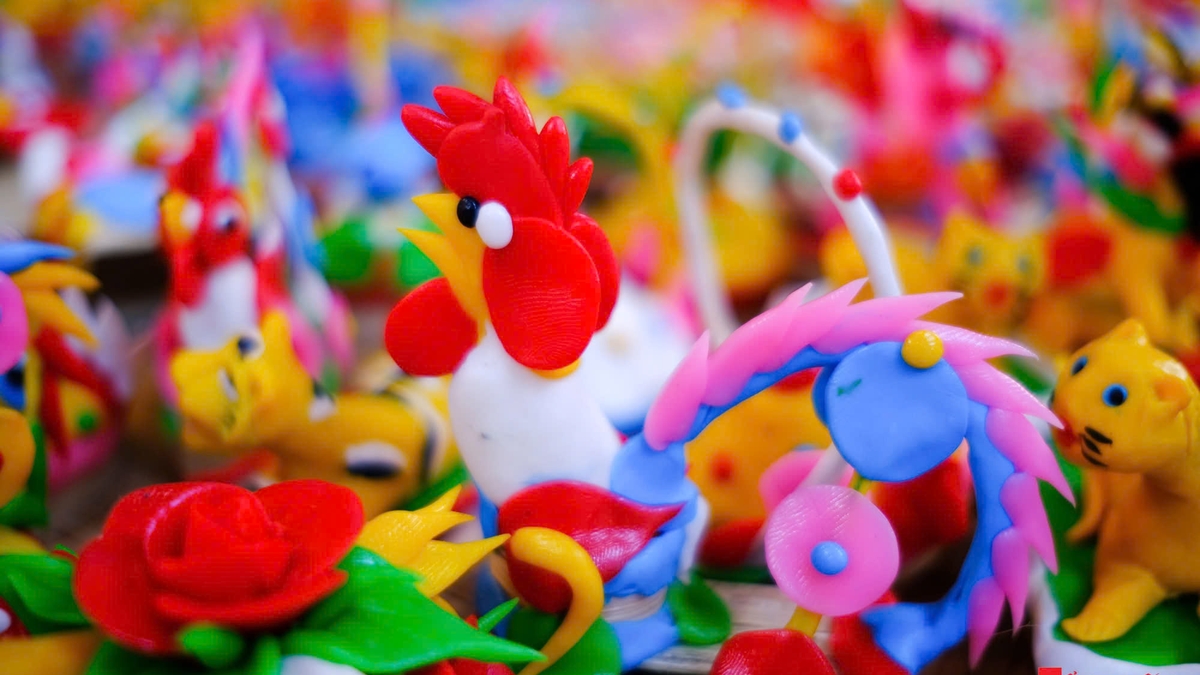


![[Photo] Hanoi morning of October 1: Prolonged flooding, people wade to work](https://vphoto.vietnam.vn/thumb/1200x675/vietnam/resource/IMAGE/2025/10/1/189be28938e3493fa26b2938efa2059e)







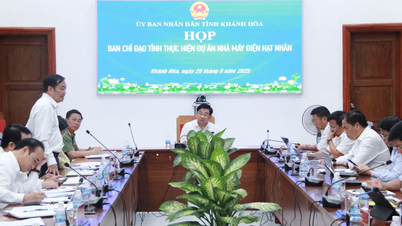



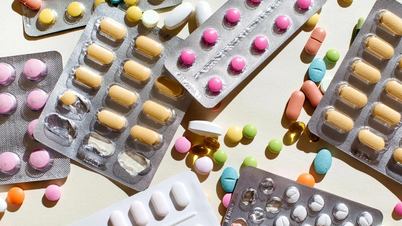

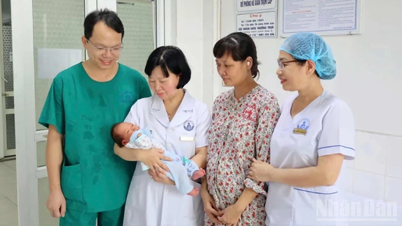
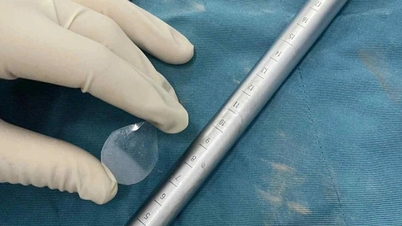


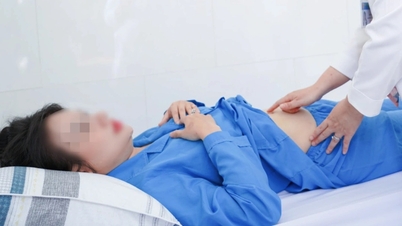














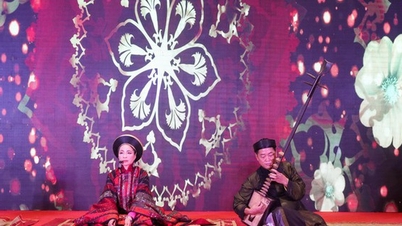


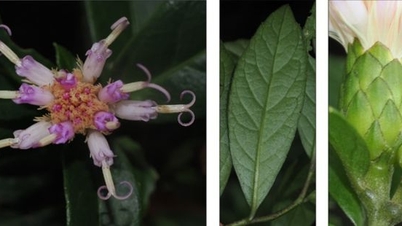

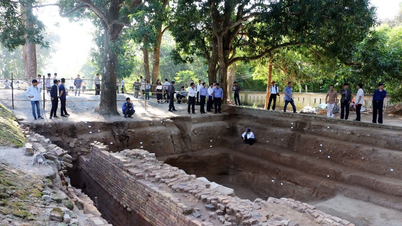


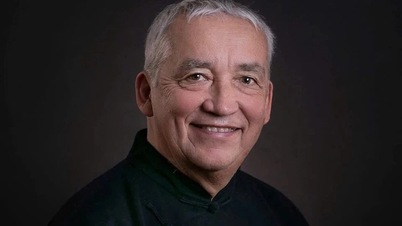




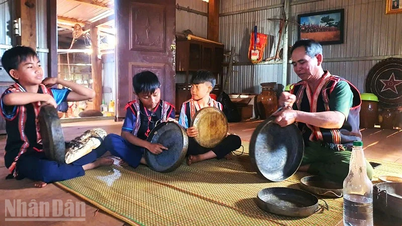


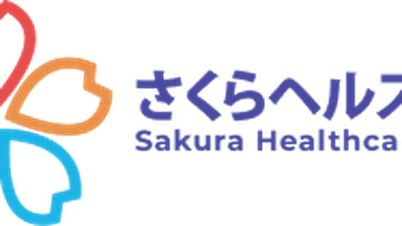

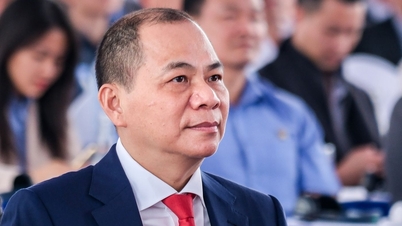




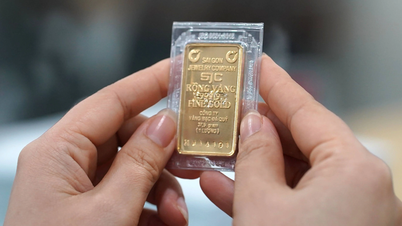




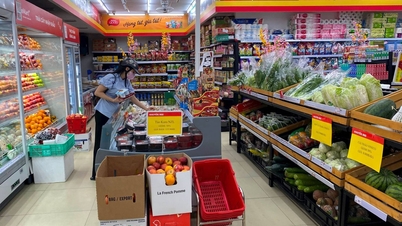

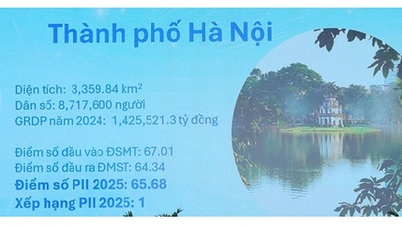

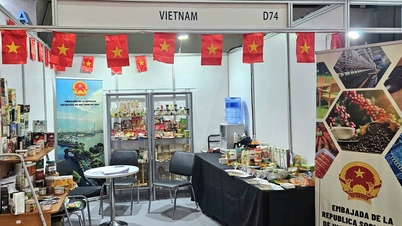
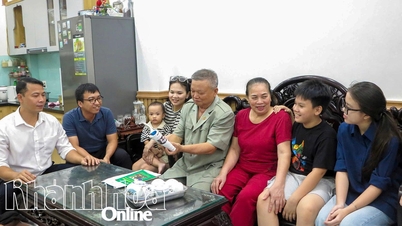



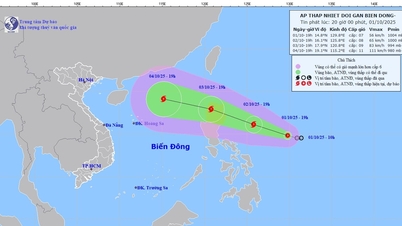

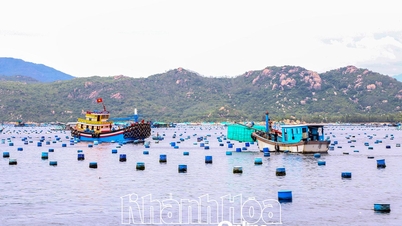

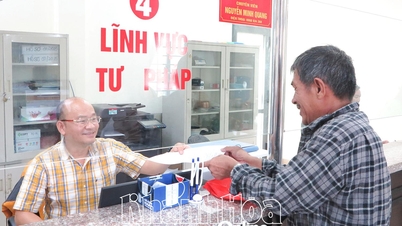










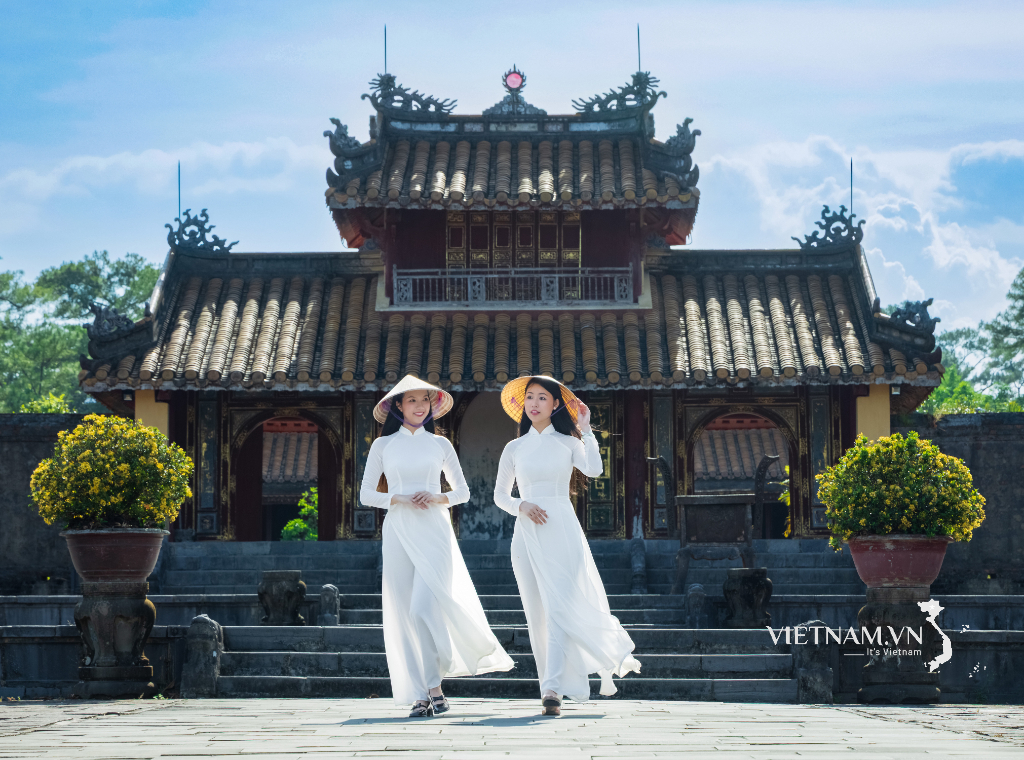



Comment (0)